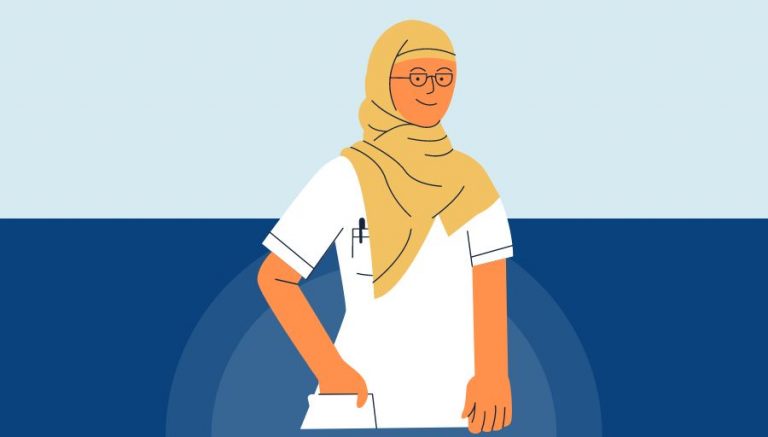ICD 10 CM S15.002D | Description & Clinical Information
ICD 10 S15.002D describes a medical condition characterized by damage or tearing of the carotid artery, a major blood vessel located in the neck that supplies oxygenated blood to the head and neck, resulting from physical trauma such as a motor vehicle accident, excessive bending of the neck during sports or exercise, or surgical procedures, and in this particular case, the provider has not specified the exact nature of the injury to the left carotid artery during a subsequent encounter for the injury.
Official Description Of S15.002D
The ICD 10 CM book defines ICD 10 code S15.002D as:
Excludes1: injury of internal carotid artery, intracranial portion (S06.8)
Code also: any associated open wound (S11.-)
When To Use S15.002D
The diagnosis describes by the ICD 10 CM code S15.002D pertains to a specific injury that involves the left carotid artery. The injury can lead to various symptoms, including headaches, hematoma, bleeding or blood clot, neck and face pain, dizziness, visual disturbances, loss of taste sensation, and even stroke.
Medical providers normally diagnose left carotid artery injuries by taking the patient’s history of trauma into account, along with performing a physical examination. During the physical exam, the physician will perform a vascular assessment for a thrill, or a vibration sensation upon palpation, and an audible bruit, or a whistling sound heard over the artery.
In addition to the physical examination, routine laboratory studies of the blood may be conducted alongside imaging studies, such as CT angiography, MR angiography, and color Doppler ultrasound. BUN and creatinine evaluations for kidney function may also be taken into account if contrast imaging studies are planned.
Treatment options for a left carotid artery injury vary depending on the nature of the injury. Physicians may opt for observation and supportive treatment in instances where the injury is minor and requires minimal intervention. For more severe cases, anticoagulant or platelet therapy may be utilized, along with blood pressure support, if necessary.
In extreme cases, surgery may be recommended, which could involve repairing or replacing the damaged portion of the artery. The treatment approach used will be determined by various factors, such as the patient’s overall health, the extent of the injury, and the presence of other underlying medical conditions.
It should be noted that while carotid artery injuries are considered rare, they can occur due to a variety of reasons, including trauma, such as during a motor vehicle accident or fall, as well as due to underlying medical conditions, such as atherosclerosis, which is a condition where the arteries become blocked due to plaque buildup.
In conclusion, the ICD 10 CM code S15.002D pertains to left carotid artery injuries, and the diagnosis requires a thorough physical examination, laboratory studies, and imaging studies to determine the extent of the damage. Treatment approaches for this injury vary depending on the severity of the injury, but options range from observation and supportive care to anticoagulant or platelet therapy, blood pressure support, and surgery.


